Market Overview: A Tough Day for the S&P 500
The broader market saw another decline, with the S&P 500 falling 76 basis points to 5,572. While previous sessions displayed a sea of red across the board, this time there was a bit more green, particularly in semiconductors, consumer cyclical stocks like Amazon, and even Tesla, which has recently faced headwinds. However, one stock that stood out today due to its sharp decline was Verizon Communications (VZ), which dropped 6.6% to $43.43 per share.
Verizon's Recent Rally and Today's Decline
Despite today's selloff, Verizon has experienced a 10% rally over the past five days, drawing increased interest from investors. This buying momentum is largely driven by Verizon’s attractive 6.24% dividend yield and a relatively low price-to-earnings (P/E) ratio of 10.5, which makes it appear undervalued compared to broader market averages. However, today's sharp decline calls for a deeper analysis to determine whether this stock remains a viable opportunity.
Verizon Valuation: Discounted Free Cash Flow, Comparable Analysis & Dividend Models
To better understand Verizon's intrinsic value, we apply several valuation models, including the discounted free cash flow (DCF) model, dividend discount model (DDM), Ben Graham intrinsic value formula, and comparable company analysis.
Financial Overview
- Stock Price: $43.43
- Market Cap: $182 billion
- P/E Ratio: 10.5 (Lower than market average)
- Earnings per Share (EPS): $4.30
- Beta: 0.40 (Indicating lower volatility)
- Target Price Estimate: $47 per share
Verizon’s Dividend Strength
One of Verizon’s biggest attractions is its stable dividend yield of 6.24%, making it one of the highest among telecom giants. The dividend payout ratio relative to net income is 60%, and its free cash flow payout ratio stands at 56%, suggesting the dividend is sustainable. Investors wanting to capture its next quarterly payout should buy before April 10.
Deep Dive into Valuation Models
1. Discounted Free Cash Flow Model (DCF)
By discounting future free cash flows, the DCF model values Verizon at $62 per share, implying a significant upside from current levels. If the company were able to maintain an 18% net income margin, its intrinsic value could rise even further to $92 per share.
2. Dividend Discount Model (DDM)
The DDM estimates Verizon’s fair value at $76 per share, reinforcing the idea that its dividend-paying potential is a strong reason for investment.
3. Ben Graham Formula
Using earnings per share and bond yields, Ben Graham’s intrinsic value formula puts Verizon’s fair price around $43, which suggests it is currently fairly valued in comparison to historical pricing metrics.
4. Comparable Company Analysis
By comparing Verizon to AT&T, T-Mobile, and Comcast, we evaluate key metrics including enterprise value, revenue growth, profit margins, and P/E ratios:
- T-Mobile (TMUS) leads in revenue growth (+133%)
- Verizon boasts the highest revenue but sees flat growth
- Price-to-earnings and enterprise value ratios place Verizon among the least expensive of its peers
Using comparable company valuation models, Verizon’s intrinsic value is estimated at $66 per share, reinforcing the undervaluation argument.
Final Verdict: Is Verizon a Buy?
Considering multiple valuation approaches:
✅ DCF Model: Undervalued (~$62 per share)
✅ Dividend Discount Model: Undervalued (~$76 per share)
❌ Ben Graham Model: Fairly valued (~$43 per share)
✅ Comparable Company Model: Undervalued (~$66 per share)
With strong dividend yield, moderate financial stability, and a historically low valuation, Verizon looks like an attractive long-term income investment. However, concerns around slowing revenue growth and rising bond yields may limit price appreciation in the short term.
📌 Bottom Line: Investors prioritizing dividends and value stocks may find Verizon appealing at current levels.
Looking Ahead
Verizon’s stock has seen wild swings, previously trading around $38 per share before recovering to $43. While it's far below its five-year high of $60, its stable cash flows, reasonable valuation, and dividend reliability make it a compelling pick for income-focused investors.
💰 Want to capitalize on Verizon’s dividend? Buy before April 10 to lock in your payout!
https://youtu.be/JdgxUaDgnsU?si=q_L5mF91DZYOriz3
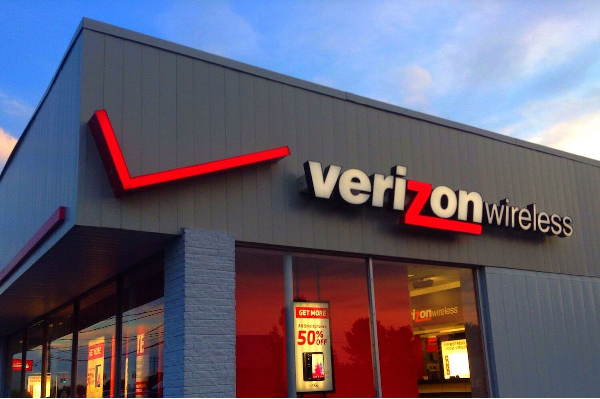



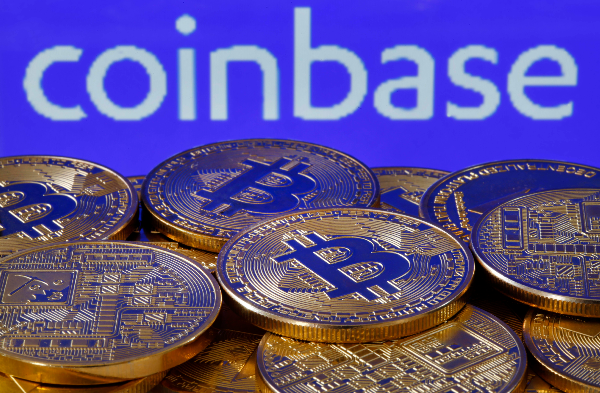


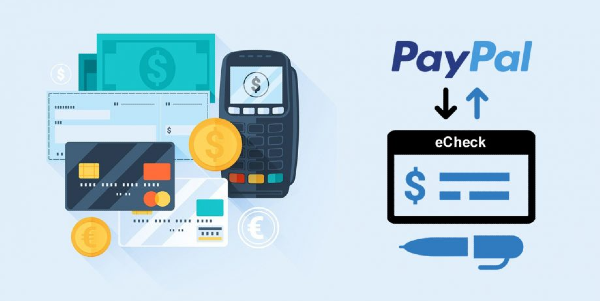










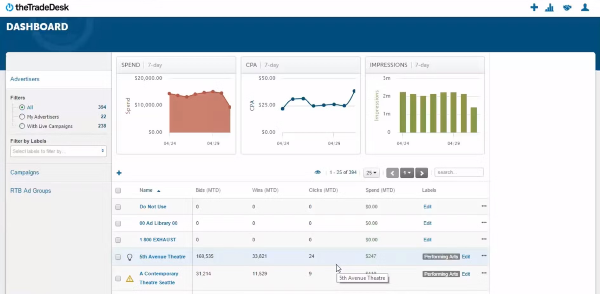
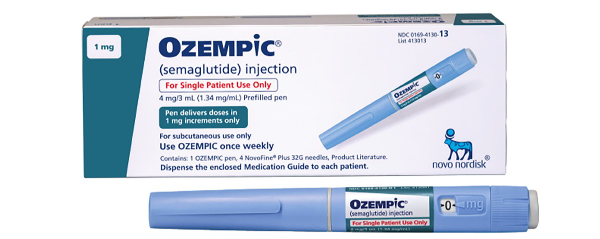
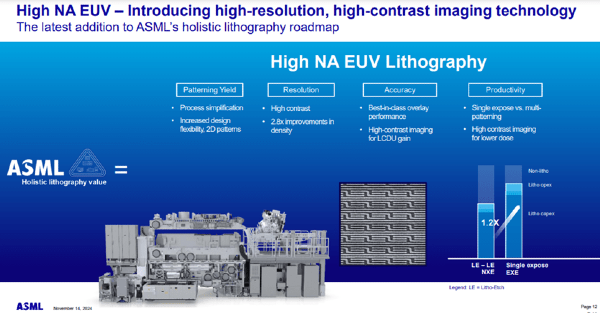
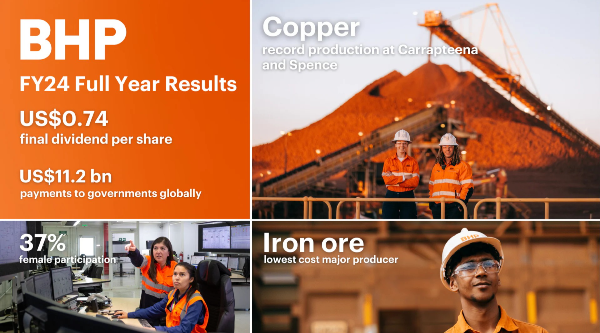









Market Overview: A Tough Day for the S&P 500
The broader market saw another decline, with the S&P 500 falling 76 basis points to 5,572. While previous sessions displayed a sea of red across the board, this time there was a bit more green, particularly in semiconductors, consumer cyclical stocks like Amazon, and even Tesla, which has recently faced headwinds. However, one stock that stood out today due to its sharp decline was Verizon Communications (VZ), which dropped 6.6% to $43.43 per share.
Verizon's Recent Rally and Today's Decline
Despite today's selloff, Verizon has experienced a 10% rally over the past five days, drawing increased interest from investors. This buying momentum is largely driven by Verizon’s attractive 6.24% dividend yield and a relatively low price-to-earnings (P/E) ratio of 10.5, which makes it appear undervalued compared to broader market averages. However, today's sharp decline calls for a deeper analysis to determine whether this stock remains a viable opportunity.
Verizon Valuation: Discounted Free Cash Flow, Comparable Analysis & Dividend Models
To better understand Verizon's intrinsic value, we apply several valuation models, including the discounted free cash flow (DCF) model, dividend discount model (DDM), Ben Graham intrinsic value formula, and comparable company analysis.
Financial Overview
Verizon’s Dividend Strength
One of Verizon’s biggest attractions is its stable dividend yield of 6.24%, making it one of the highest among telecom giants. The dividend payout ratio relative to net income is 60%, and its free cash flow payout ratio stands at 56%, suggesting the dividend is sustainable. Investors wanting to capture its next quarterly payout should buy before April 10.
Deep Dive into Valuation Models
1. Discounted Free Cash Flow Model (DCF)
By discounting future free cash flows, the DCF model values Verizon at $62 per share, implying a significant upside from current levels. If the company were able to maintain an 18% net income margin, its intrinsic value could rise even further to $92 per share.
2. Dividend Discount Model (DDM)
The DDM estimates Verizon’s fair value at $76 per share, reinforcing the idea that its dividend-paying potential is a strong reason for investment.
3. Ben Graham Formula
Using earnings per share and bond yields, Ben Graham’s intrinsic value formula puts Verizon’s fair price around $43, which suggests it is currently fairly valued in comparison to historical pricing metrics.
4. Comparable Company Analysis
By comparing Verizon to AT&T, T-Mobile, and Comcast, we evaluate key metrics including enterprise value, revenue growth, profit margins, and P/E ratios:
Using comparable company valuation models, Verizon’s intrinsic value is estimated at $66 per share, reinforcing the undervaluation argument.
Final Verdict: Is Verizon a Buy?
Considering multiple valuation approaches:
✅ DCF Model: Undervalued (~$62 per share)
✅ Dividend Discount Model: Undervalued (~$76 per share)
❌ Ben Graham Model: Fairly valued (~$43 per share)
✅ Comparable Company Model: Undervalued (~$66 per share)
With strong dividend yield, moderate financial stability, and a historically low valuation, Verizon looks like an attractive long-term income investment. However, concerns around slowing revenue growth and rising bond yields may limit price appreciation in the short term.
📌 Bottom Line: Investors prioritizing dividends and value stocks may find Verizon appealing at current levels.
Looking Ahead
Verizon’s stock has seen wild swings, previously trading around $38 per share before recovering to $43. While it's far below its five-year high of $60, its stable cash flows, reasonable valuation, and dividend reliability make it a compelling pick for income-focused investors.
💰 Want to capitalize on Verizon’s dividend? Buy before April 10 to lock in your payout!
https://youtu.be/JdgxUaDgnsU?si=q_L5mF91DZYOriz3